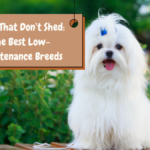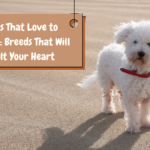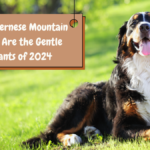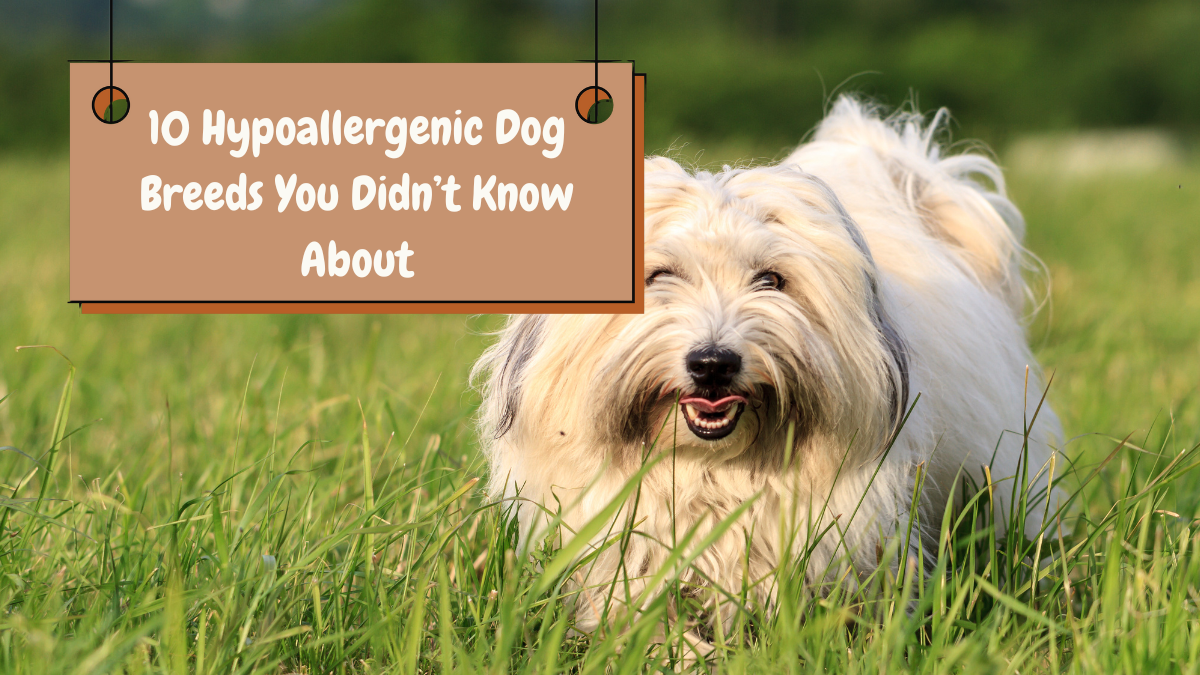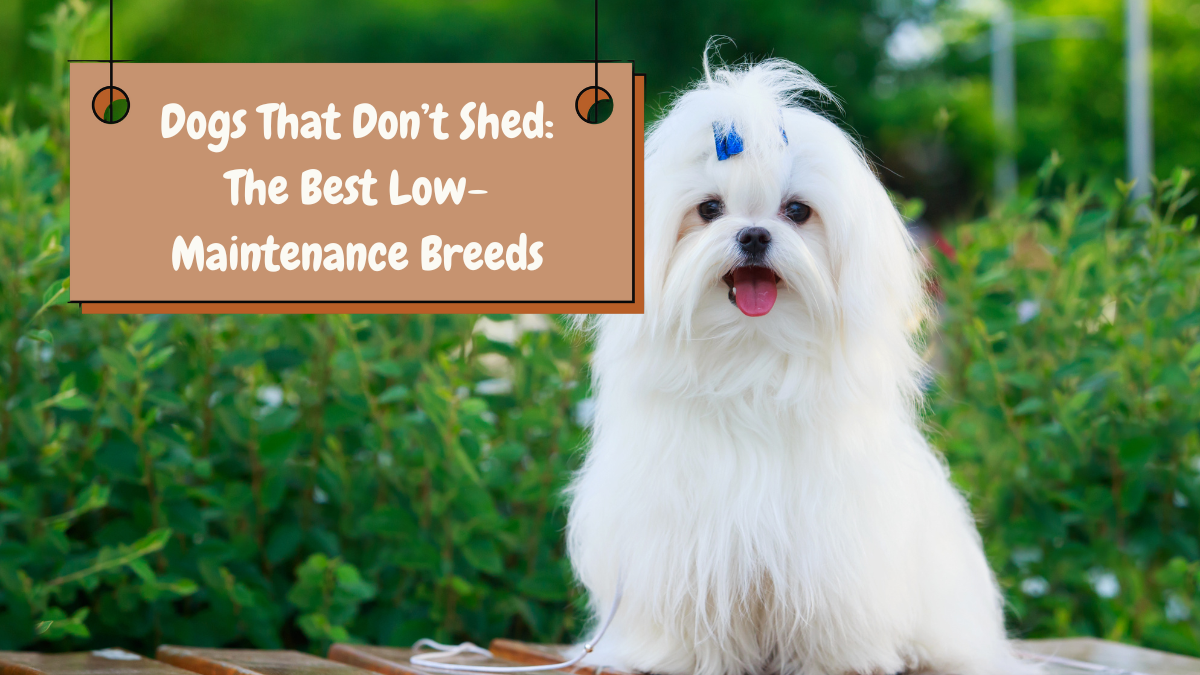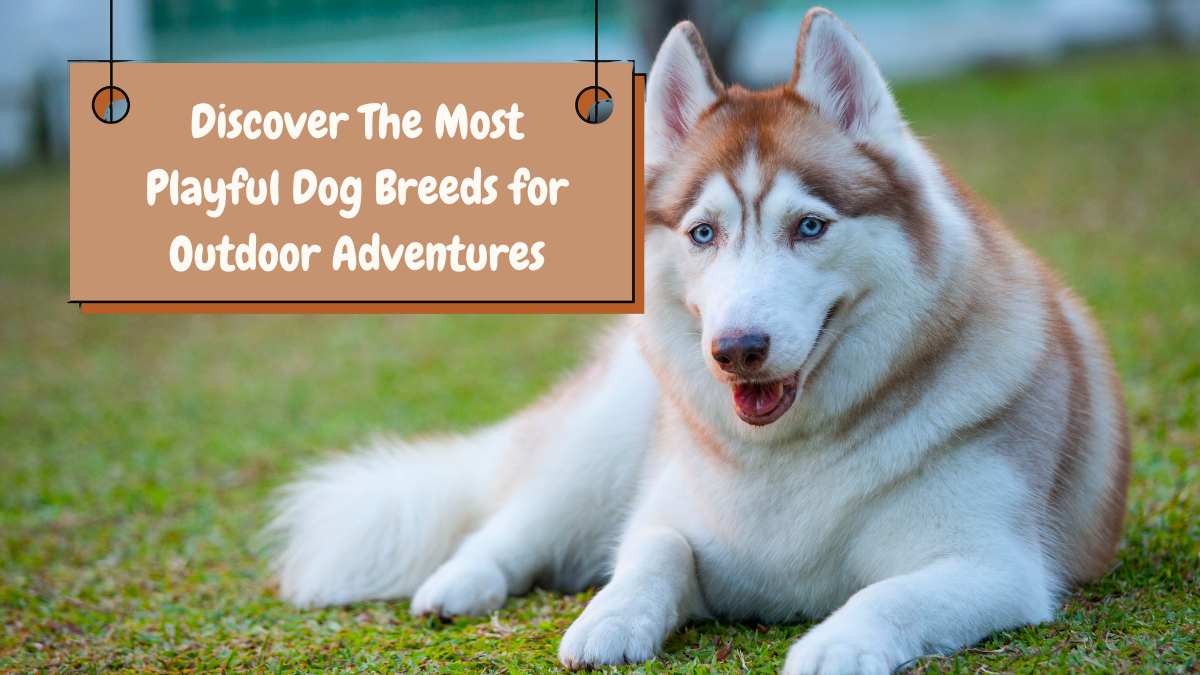When it comes to choosing the perfect canine companion, allergy concerns often top the list for many potential pet owners. While no dog breed is 100% hypoallergenic, there are several breeds known to produce fewer allergens than others, making them a better choice for those with allergies.
Whether you’re an allergy sufferer or just interested in low-shedding dogs, this guide will introduce you to ten hypoallergenic dog breeds you may not know about.
What Does Hypoallergenic Mean in Dogs?
Before diving into the breeds, it’s important to understand what hypoallergenic means in terms of dogs. Dog allergens typically come from their dander (dead skin flakes), saliva, and urine. Hypoallergenic dogs are breeds that shed less dander and fur, which means fewer allergens are released into the air.
10 Hypoallergenic Dog Breeds You Didn’t Know About
1. Lagotto Romagnolo
The Lagotto Romagnolo is an ancient Italian breed originally used for truffle hunting. Known for its curly, water-resistant coat, this medium-sized dog is less likely to trigger allergies. Their thick, curly coat does require regular grooming to avoid matting, but they shed very little, making them an excellent hypoallergenic option.
2. Spanish Water Dog
This energetic, medium-sized breed has a curly, wool-like coat that doesn’t shed much. The Spanish Water Dog is highly active and thrives in environments with ample space to run and play. Their curly coat must be trimmed regularly, but they require less grooming compared to other curly-haired breeds.
3. Bedlington Terrier
The Bedlington Terrier is a small dog known for its soft, curly coat, resembling a lamb. They are playful and energetic, making them great for families. Bedlington Terriers shed minimally, but regular grooming is necessary to maintain their unique coat shape.
4. Irish Water Spaniel
This rare breed, the Irish Water Spaniel, is a medium-sized dog with a dense, curly coat. They are known for their energetic personality and love of water. While they shed very little, their coat requires regular grooming to prevent matting.
5. Coton de Tulear
A lesser-known hypoallergenic breed, the Coton de Tulear, is a small dog with a soft, cottony coat. Despite their fluffy appearance, these dogs are low-shedding, making them a great choice for allergy sufferers. Their coat requires regular brushing to prevent tangling.
6. Affenpinscher
The Affenpinscher is a small dog with a wiry coat that sheds minimally. These dogs are known for their lively and curious nature. They are great companions for apartment living but require regular grooming to maintain their wiry coat.
7. Bergamasco Sheepdog
The Bergamasco Sheepdog is a large breed with a long, matted coat. Despite their unusual appearance, their coat is naturally hypoallergenic and doesn’t shed much. They require minimal grooming once their coat is fully developed, but they do need space and exercise to stay healthy.
8. Peruvian Inca Orchid
The Peruvian Inca Orchid comes in both hairless and coated varieties. The hairless version is particularly good for allergy sufferers as they have little to no dander. This breed is known for being affectionate and calm, making them ideal for people seeking a low-maintenance, hypoallergenic companion.
9. Puli
The Puli is a medium-sized breed known for its distinctive corded coat, which resembles dreadlocks. Despite their appearance, the Puli sheds very little, making them a good hypoallergenic choice. However, their coat requires regular maintenance to prevent matting.
10. Xoloitzcuintli (Mexican Hairless Dog)
Available in small, medium, and large sizes, the Xoloitzcuintli is a hairless breed that sheds no fur and produces minimal dander. This ancient breed from Mexico is known for being calm and low-maintenance, making it one of the best options for allergy sufferers.
How to Choose the Best Hypoallergenic Dog for You?
When selecting a hypoallergenic dog, it’s essential to consider factors such as size, energy level, grooming needs, and how well the breed fits your lifestyle. While these dogs shed less, their grooming requirements may vary significantly.
- Small vs. Large Dogs: Smaller hypoallergenic dogs like the Coton de Tulear or Affenpinscher may be easier to manage in small homes or apartments. Larger breeds like the Bergamasco Sheepdog require more space and exercise.
- Grooming Needs: Some breeds, such as the Puli or Bergamasco Sheepdog, have unique coats that require specific grooming methods. Others, like the Xoloitzcuintli, require minimal grooming but may need skin care due to their hairlessness.
- Exercise Levels: Consider the activity level of the breed. Energetic breeds like the Irish Water Spaniel and Spanish Water Dog need more physical activity, while the Affenpinscher and Coton de Tulear are better suited for a more relaxed lifestyle.
Conclusion
Finding the perfect hypoallergenic dog doesn’t mean compromising on companionship or lifestyle. By choosing from one of these less-known hypoallergenic breeds, you can enjoy the love and loyalty of a dog while minimizing allergy symptoms. Whether you prefer an energetic breed like the Irish Water Spaniel or a more laid-back dog like the Coton de Tulear, there’s a hypoallergenic breed for everyone.
FAQs
1. Are hypoallergenic dogs completely allergen-free?
No, hypoallergenic dogs are not completely allergen-free, but they produce fewer allergens, making them better for allergy sufferers.
2. Do all hypoallergenic dogs require extensive grooming?
Not all hypoallergenic dogs require extensive grooming, but some, like the Puli and Lagotto Romagnolo, need regular maintenance to prevent matting.
3. Can a hairless dog still cause allergies?
Yes, hairless dogs like the Xoloitzcuintli can still cause allergies, but they produce significantly fewer allergens than coated breeds.
4. What makes a dog hypoallergenic?
Dogs that shed less fur and produce less dander are considered hypoallergenic because they release fewer allergens into the environment.
5. Are smaller dogs better for allergy sufferers?
Smaller dogs may produce fewer allergens overall due to their size, but the hypoallergenic quality depends more on the breed’s coat and dander production.

